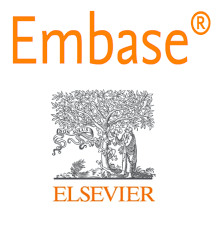An Evaluation Study on Social Anxiety Disorder, its Risk Factors and Medical Management in tertiary Care centre of Haldia – A Cross-Sectional Study
Keywords:
Social Anxiety, Behavioural.Abstract
Background: Social Anxiety Disorder (SAD) is a prevalent yet under diagnosed condition that impairs psychosocial functioning. Objective: To describe the demographic characteristics, risk factors, and patterns of medical management in a clinical sample of adults with SAD. Methods: Twenty six outpatients (18–45 y) meeting DSM 5 criteria for SAD were assessed with a structured questionnaire covering sociodemographics, putative risk factors, and current/previous treatments. Descriptive statistics were generated. Results: Mean age was 27.6 ± 6.3 y; 57.7 % were female. Family history of anxiety (38 %), childhood bullying (35 %), and behavioral inhibition in childhood (31 %) were the most frequent risk factors. Selective serotonin reuptake inhibitors (SSRIs) were prescribed in 69 % of cases, cognitive behavioral therapy (CBT) in 54 %, and combination therapy in 38 %. Conclusion: SAD in this small cohort clustered in young adults with notable psychosocial risk factors. SSRIs and CBT remain core treatments; combined modalities were common. Early identification of high risk individuals could improve outcomes.
.png)









